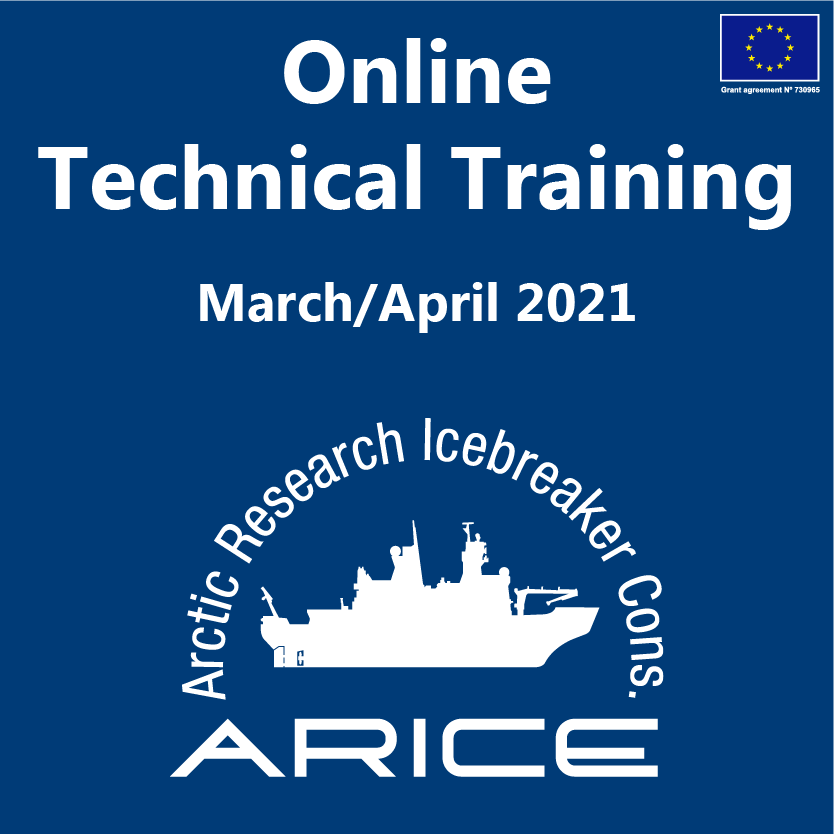“How to build a sea robot”
Date: 30 March 2021
Time: 8:00 – 11:30 GMT
Registration link
Elena Schiller, Construction Engineer at the Alfred Wegener Institute (HGF-MPG Group for Deep Sea Ecology and Technology), Germany
Course summary: An introduction into the engineer’s approach for developing scientific subsea technology. Emphasis is on enhancing understanding and communication between engineers and scientists in polar marine research. In addition to the theoretical part which includes principal considerations and limitations, construction design and 3D modeling, participants will use this knowledge to design a marine robot themselves!
Course outline
- Introduction: Who even builds deep sea robots and why?
- The steps of doing magic: From a scientist’s demand to a diving science machine
- How to find out what a scientist wants
- Where to start
- Principal decisions and outlines
- Construction design – or how to make it work
- 3D modelling – or how to show a scientist what you intend to build
- Technical drawings and manufacturing – or how to make it real
- Assembly and tests – or how not to panic
- Deployment at sea – or how not to totally panic
- Q&A
- Practical part: Design a deep sea robot! Starting off on a typical scientist’s demand (like “I want to take sediment samples in close proximity of this particular type of coral in 4000 m depth” or “I need a seasonal cycle of water samples in 4000 m depth” or “I want a 1-week time lapse visual footage of this oyster bank at 300 m depth”), participants will have the unique chance to brainstorm in small groups. During ~45 minutes of interdisciplinary exchange they will discuss technical solutions presented in 2.c and d, and sketch a design idea for a technical solution to their scientist’s demand.
- The course concludes with a discussion of the results in the larger group. Who knows, maybe the next deep sea robot will be born on March 30!?





